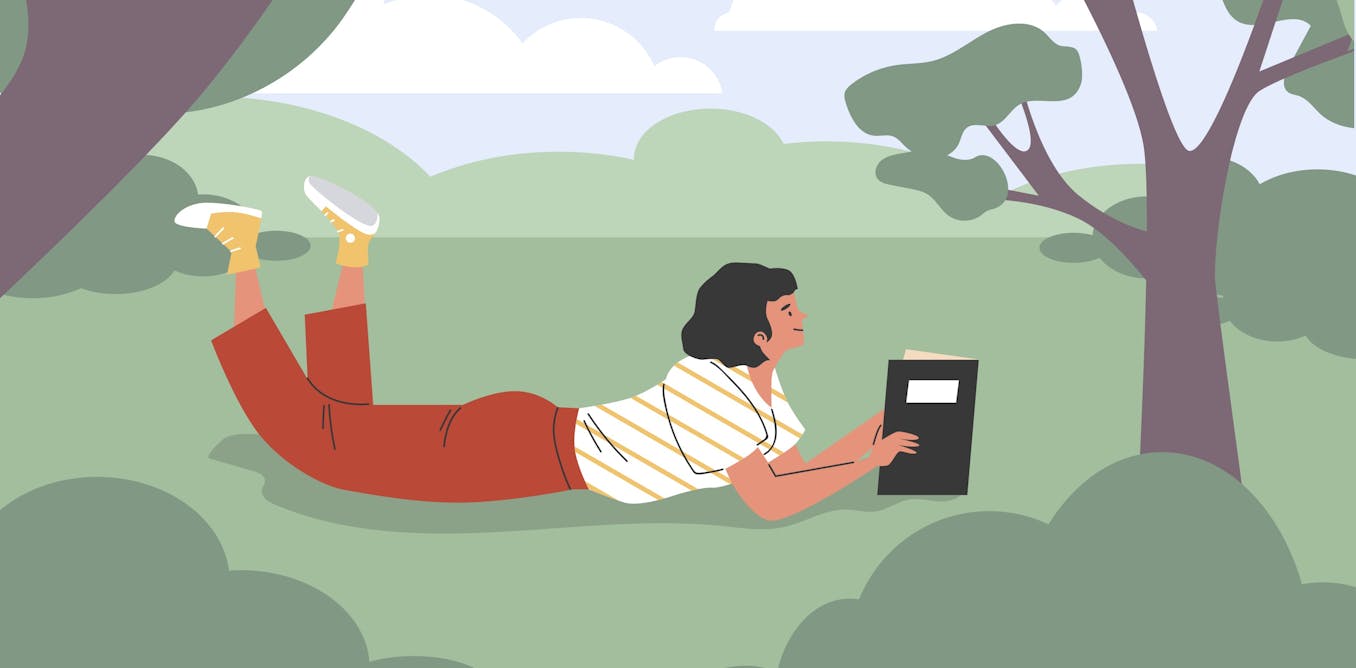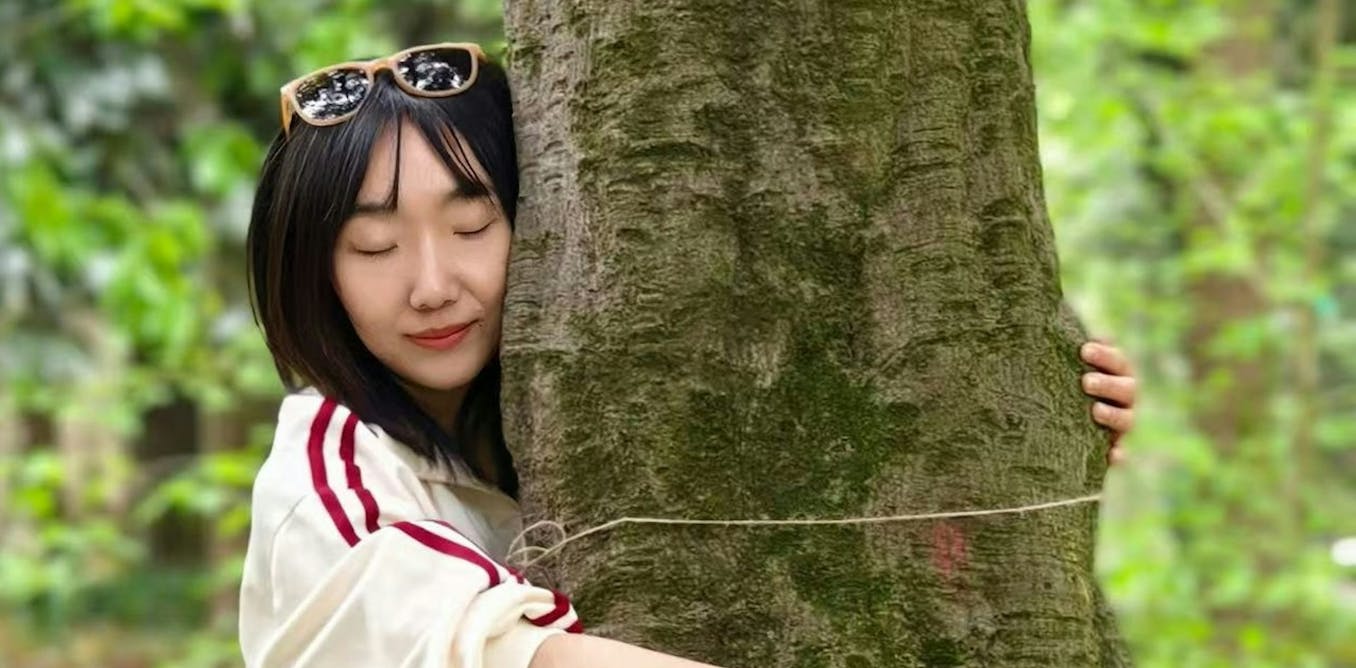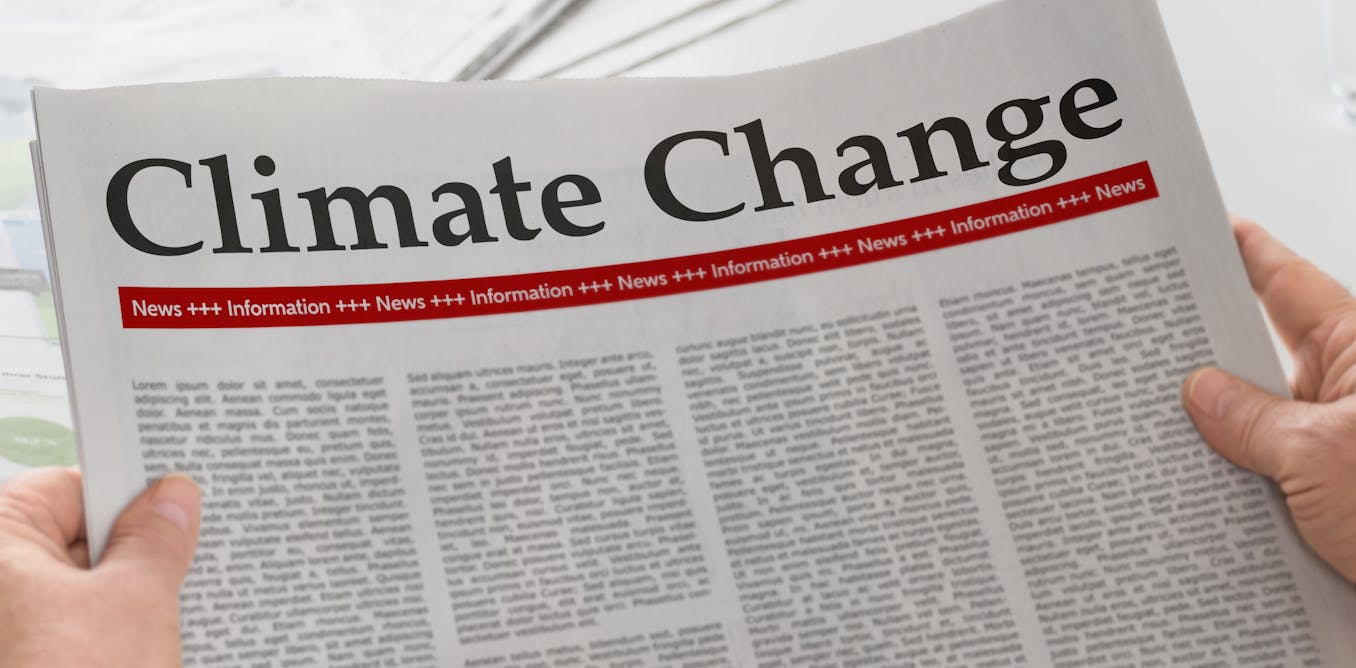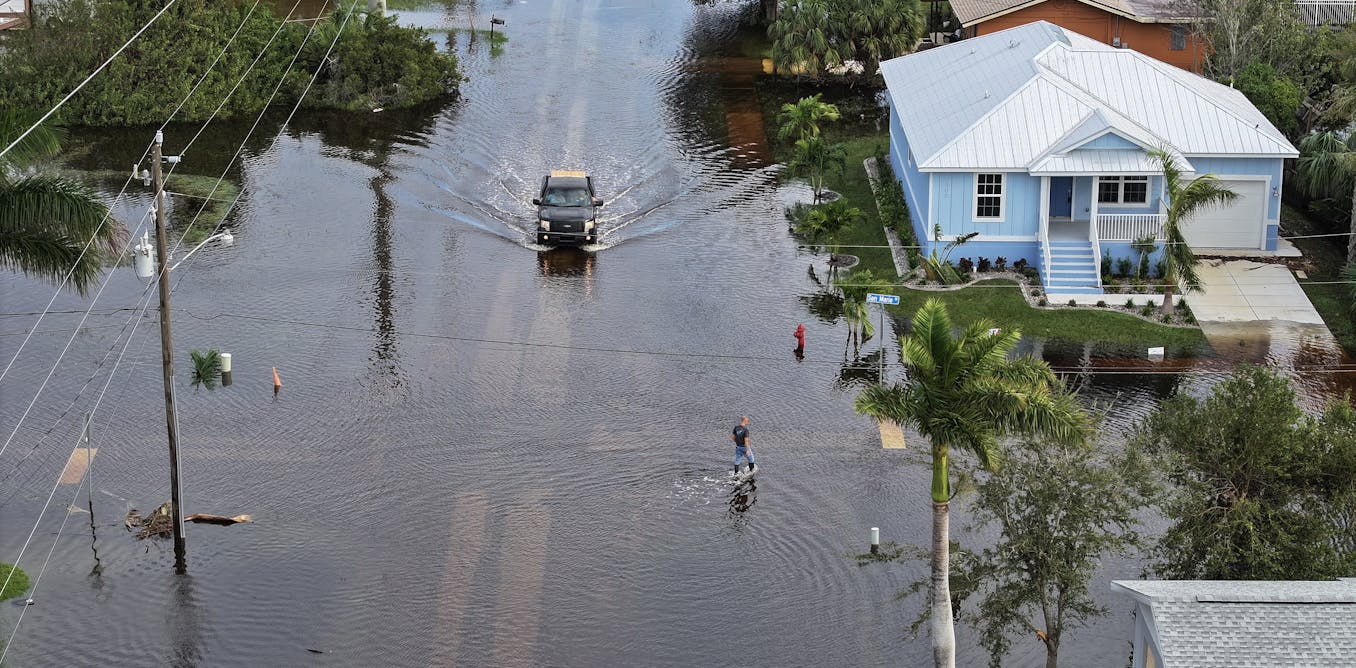States should be more aware of how cities and local governments can help them carry out their diplomatic and scientific strategies.
In major global discussions, city-level governments are often the ones who can transform commitments into concrete action. A good example is the actions taken by the City of Montréal to support biodiversity at the recent COP15 conference, as well as Mayor Valérie Plante’s call to other cities around the world to commit to the Montréal Pledge. The aim is for cities to implement 15 tangible actions towards pursuing and accelerating their efforts to preserve ecosystems.
This type of action demonstrates the key role that governors and mayors can play in activating the “from global to local and from local to global” lever.
In the United States, the White House created the Department of State’s Subnational Diplomacy Unit to make sure the voices of local governments would be heard at the international level, and that their views be taken into account in U.S. foreign policy.
In Québec, a number of programmes are available to facilitate diplomatic initiatives of cities, such as the one offered by the ministère des Relations internationales et de la Francophonie. It is a first call for projects to support the cities and regions of Québec in carrying out initiatives geared toward internationalization. Cities are invited to submit proposals with an international scope that will help increase their outreach.
So if we were to invest more in municipal diplomacy here in Québec and Canada, what might that look like?
It’s an idea that came up during discussions between researchers and practitioners at the International Network for Governmental Science Advice (INGSA) conference, held in Kigali, Rwanda last May. As president of INGSA and Chief Scientist of Québec, I am working to make the scientific and diplomatic community aware of the potential local governments have to be agents of change.
(Chief Scientist of Québec), Author provided (no reuse)
Not big enough for diplomacy? Not at all!
The idea of municipalities engaging in diplomacy seems obvious in large metropolises such as New York or Paris, which are also at the center of many diplomatic exchanges. These cities serve as headquarters for organizations including the UN, UNESCO and the Organisation internationale de la Francophonie.
When compared, leaders of smaller cities often feel that they have too few resources to be able to contribute to this field.
Yet, to be heard at the diplomatic level, being numerous and well organized is more important than size.
Cities need to look at diplomacy differently. Obviously, local authorities can’t hope to open embassies or organize diplomatic missions the same way countries do, at the national level. Here, I will talk about two other types of initiatives that are somewhat different.
A municipal hub, similar to how Barcelona’s Science and Technology Diplomacy Hub is structured (SciTech DiploHub), is a great example of a format that medium-sized cities can use to share the risks associated with investments in diplomacy. As a shared space of resources supported by other levels of government (national or international), such a hub enables cities to run joint projects, share international contacts and gain valuable expertise.
International political alliances also have great potential. By associating themselves, cities that are far apart make the choice to work together to develop solutions for their territory, while being able to make a difference at a global scale.
For example, the cities of Amsterdam, Barcelona and New York created the Cities Coalition for Digital Rights, uniting some 60 cities around the goal of becoming better prepared and equipped for their digital transformation.
Another example is the C40 coalition, in which the City of Montréal is very active. The coalition sets common objectives for the fight against climate change. Participating cities can access international funds and take part in a global dialogue, actions they would not be able to achieve on their own.
Too small for science and innovation? No way!
Innovating and investing in data and knowledge comes at great expense and contains risks that many cities are reluctant to take, given the resources at their disposal and the pressure of their day-to-day mandates.
It may seem counter-intuitive to invest in innovative projects, even more so for cities that are geographically remote, but it can turn out to be a very worthwhile choice for the following three reasons:
1. To acquire operational data platforms
For example, the creation of a geospatial platform to identify water and electricity infrastructure would save a great deal of time in organizing public works. Shared platforms for data collection on wastewater are also very useful for preventing and managing health crises, whether looking into drug use or epidemics. Building them with other cities reduces development and operating costs and makes it possible for multiple cities to use the data. It allows cities to compare results more easily and provide other levels of government with valuable information that can be used to support global strategies.

(The Canadian Press/Christinne Muschi)
2. Access to more substantial funding
By creating such synergies between innovative teams from different cities, governments at higher levels (provincial, national and international) are assured that their funding is being scaled up. That way they can avoid supporting “wall-to-wall” global initiatives that are detached from local realities.
3. Raise their level of ambition
By coming into contact with radically different practices developed in a variety of contexts, teams at the city level get the opportunity to compare themselves with the best in the world, raising ambitions for the citizens they serve. In Québec, local governments can benefit from advice and support of the CCTT network (Centres collégiaux de transfert de technologies), which is very well established in their communities, while keeping abreast of emerging technologies on a global scale. Sorel-Tracy has just appointed its first chief scientific advisor from this network.
The best time to invest?
It was yesterday! But we’ll settle for today.
Because right now is when cities are making the most strategic choices for the future. Water infrastructure, flood zones, public transport — all the decisions that towns and cities make today will determine the ability of future generations to be less impacted by the consequences of climate change over the next 50 years.
These decisions need to be backed up by ongoing citizen dialogue, which is already very active at the municipal level, and by a capacity for forward thinking: what will our streets, our weather and our daily lives look like in 50 years? Only scientific data and analysis, and a proper understanding of the global interconnections in which cities are involved, will give them a better grasp of their future.

The post “Cities around the world share many challenges. To address them, they need to develop science diplomacy” by Rémi Quirion, Scientifique en chef du Québec et professeur au Département de psychiatrie de l’Université McGill, McGill University was published on 07/17/2024 by theconversation.com






































